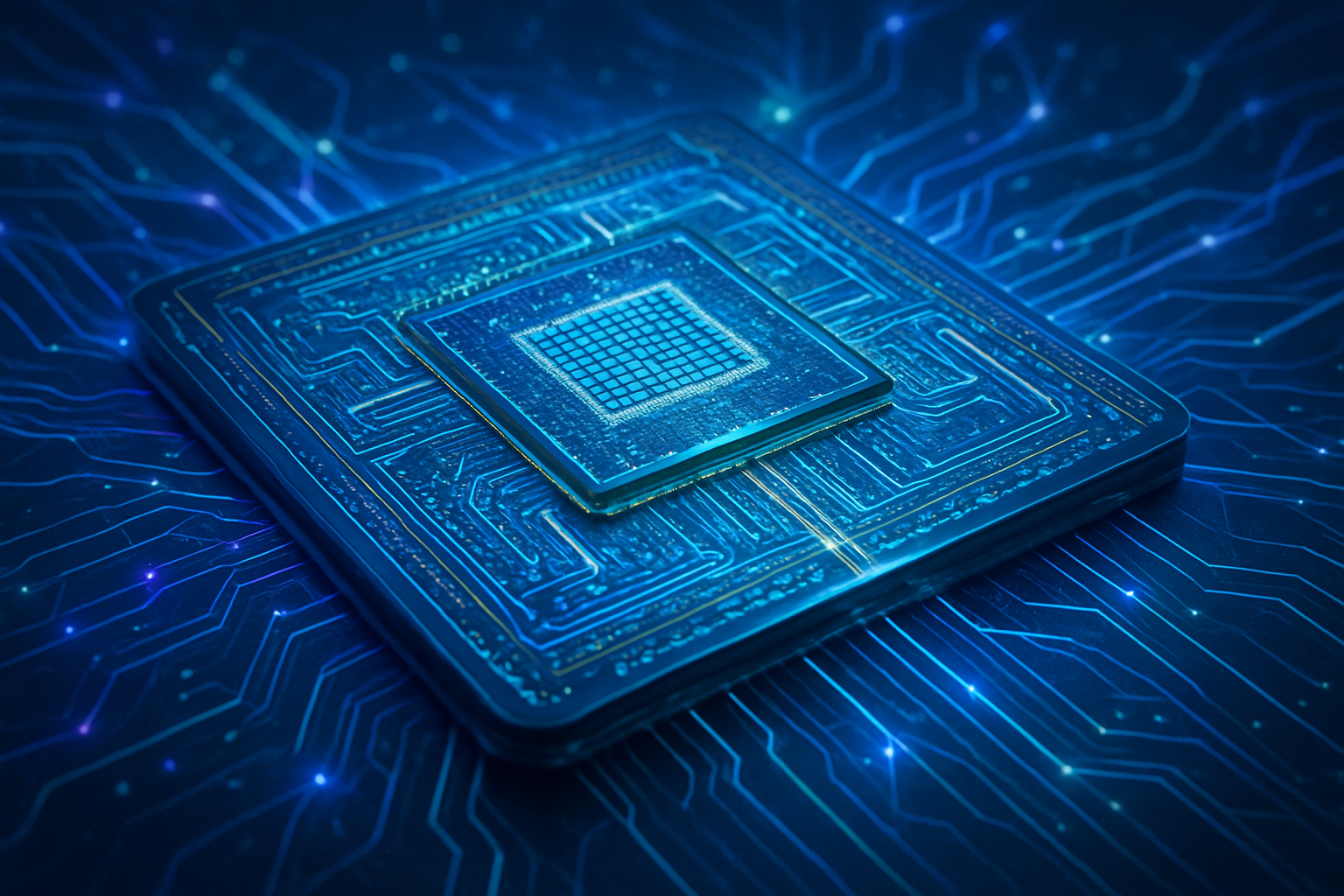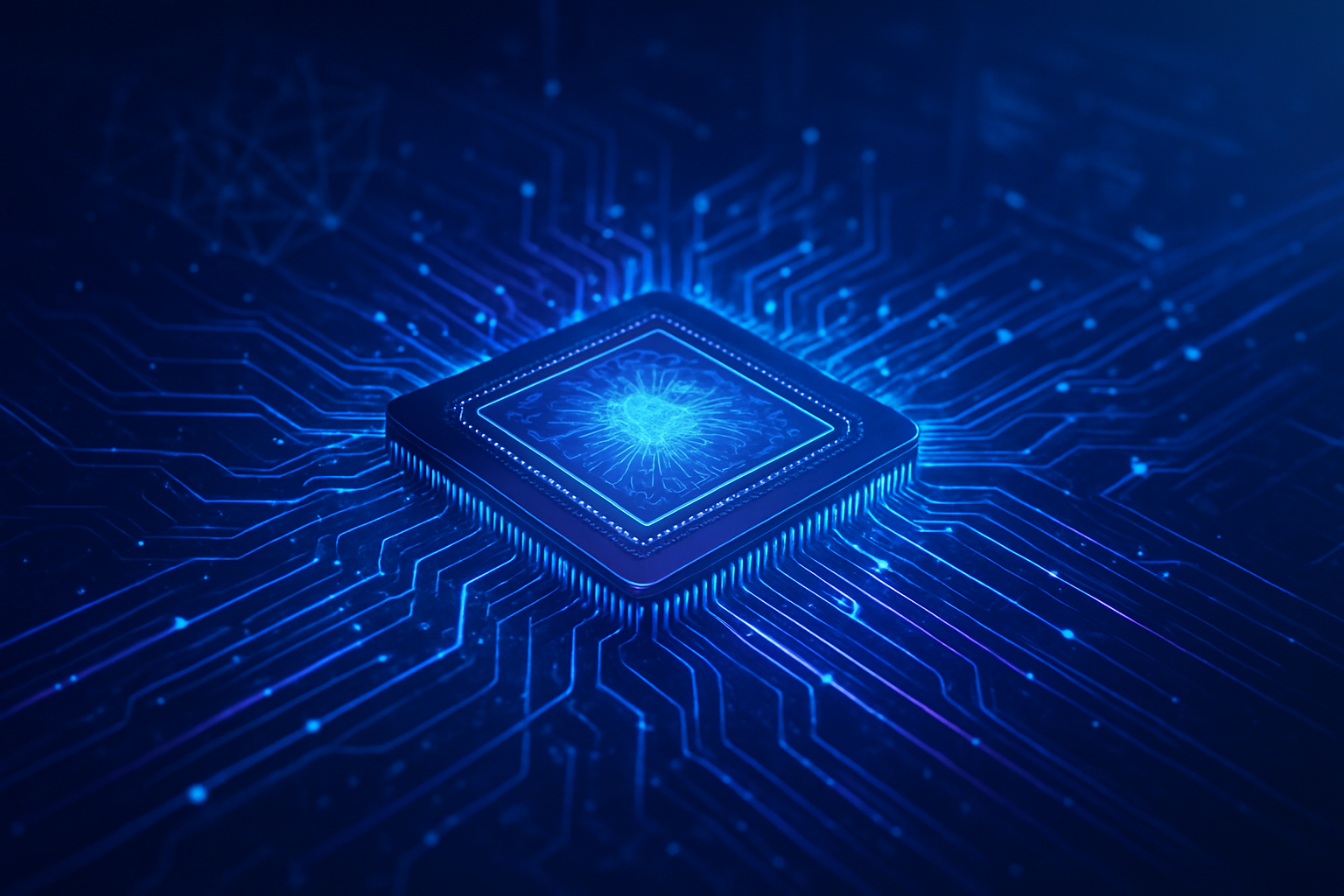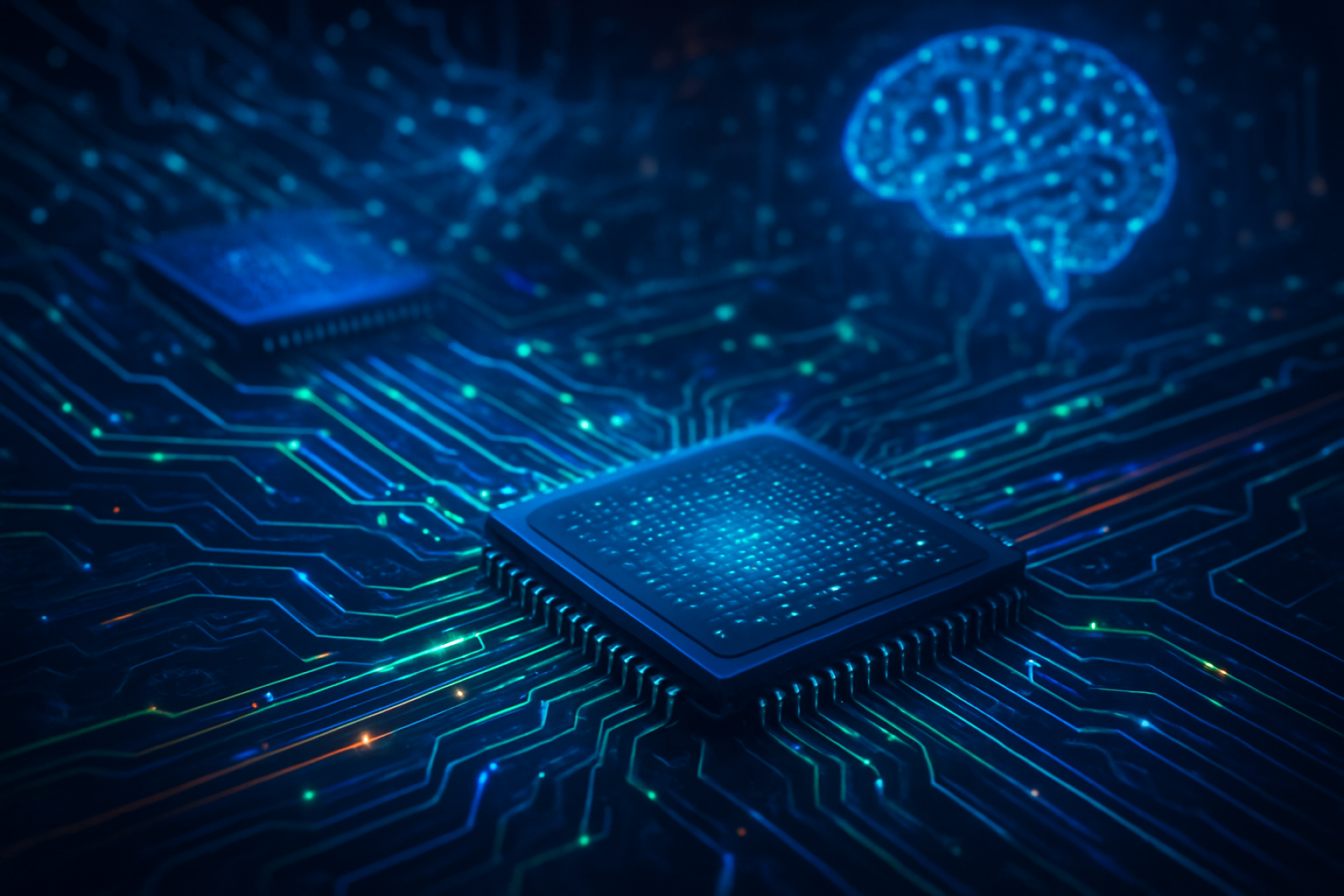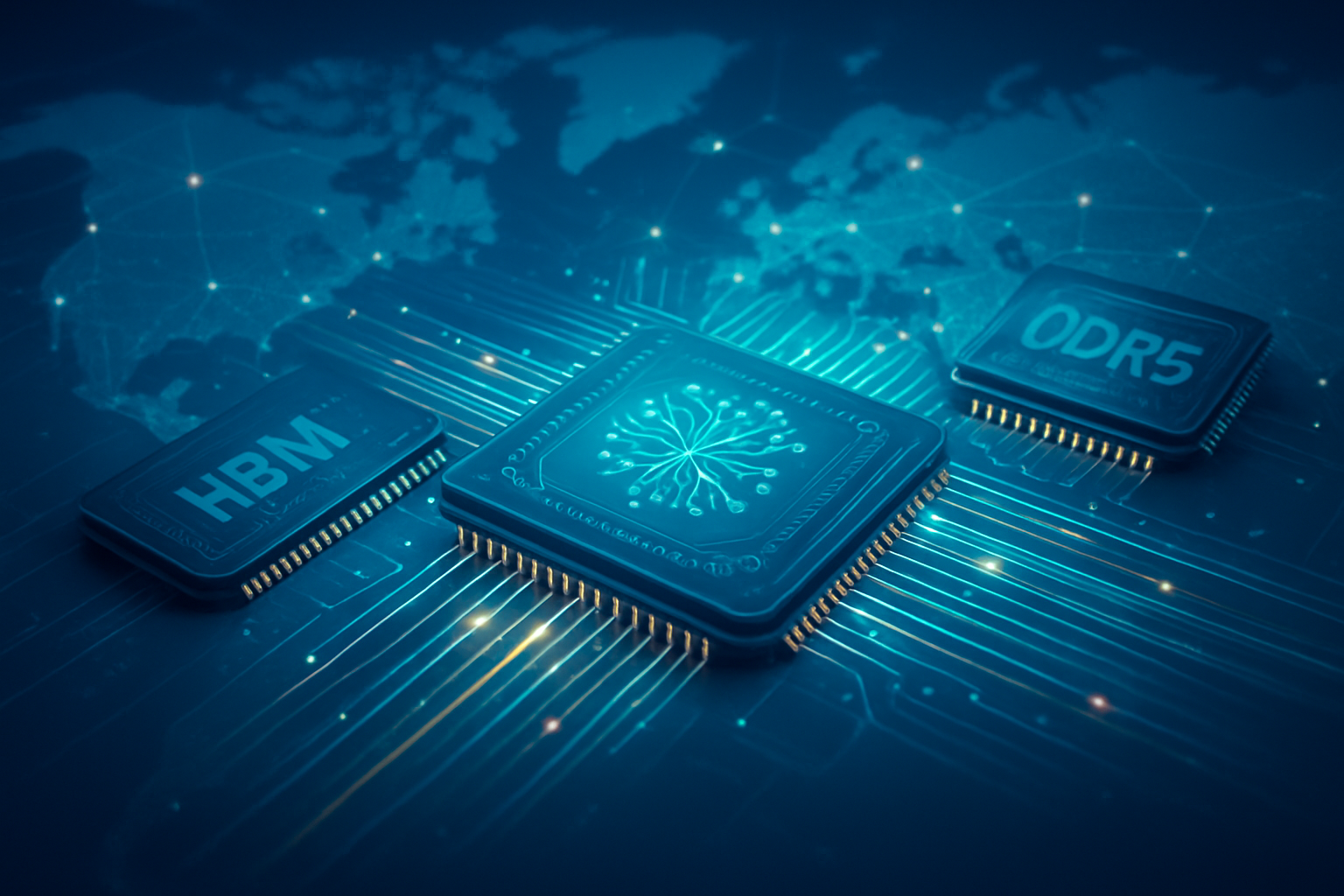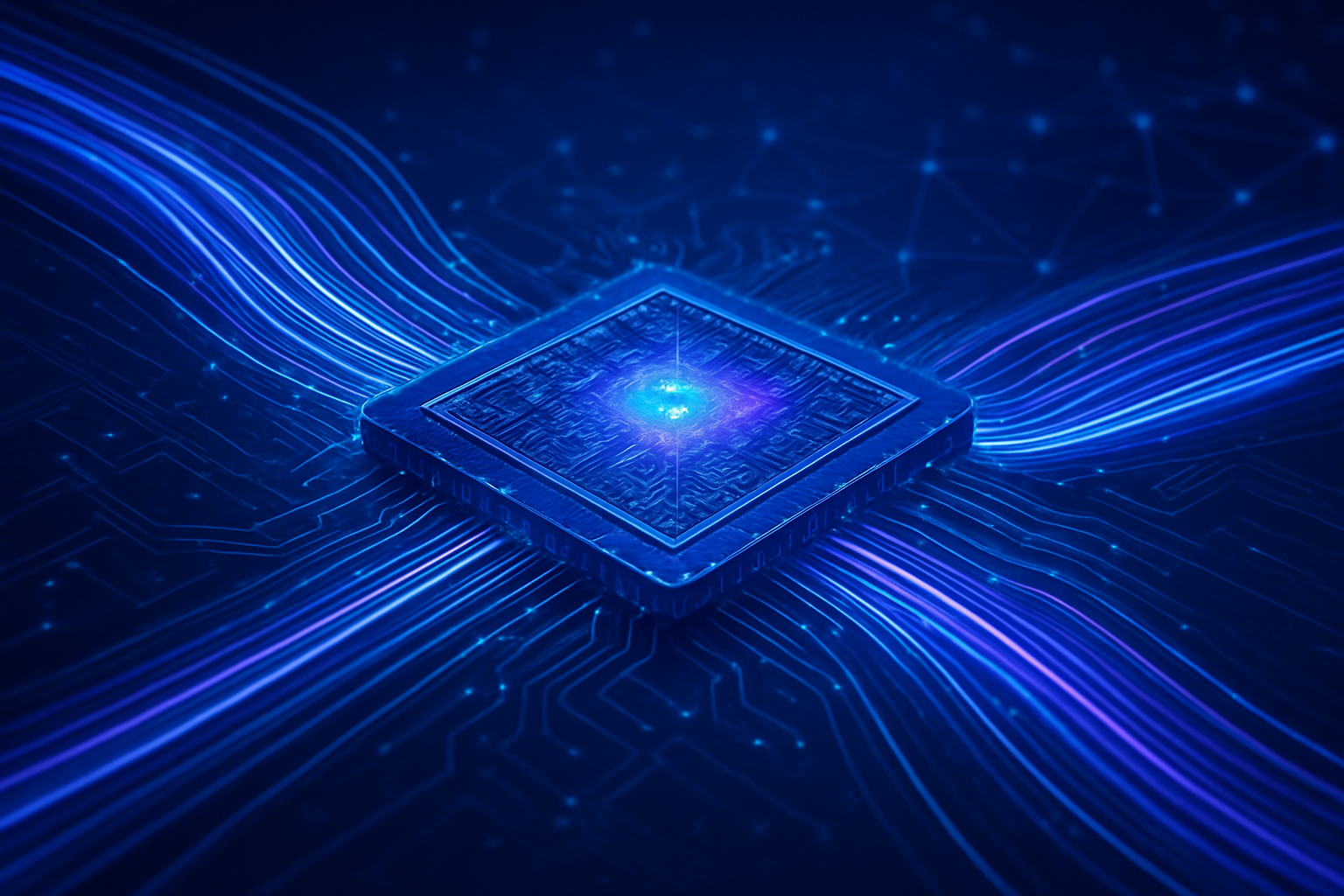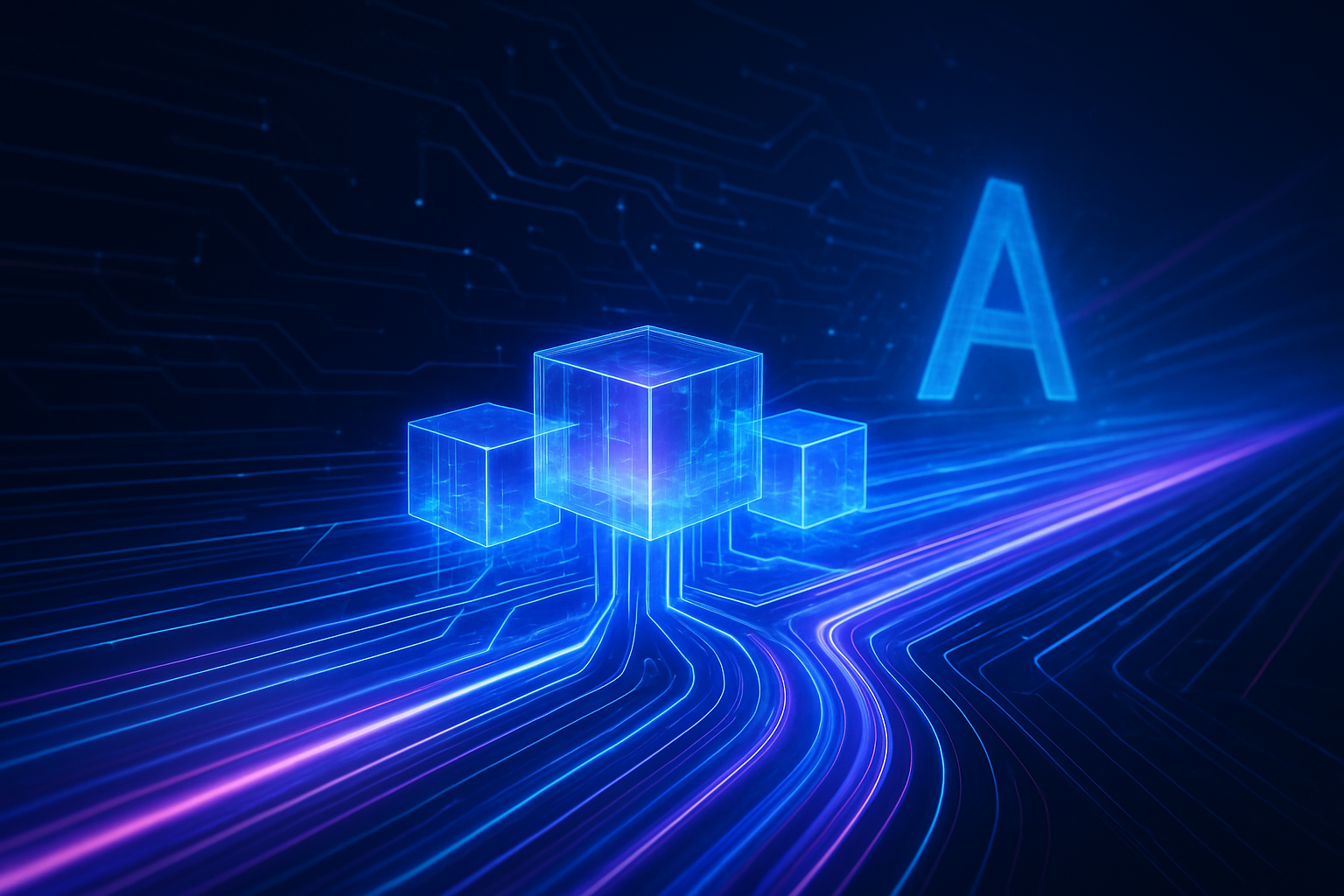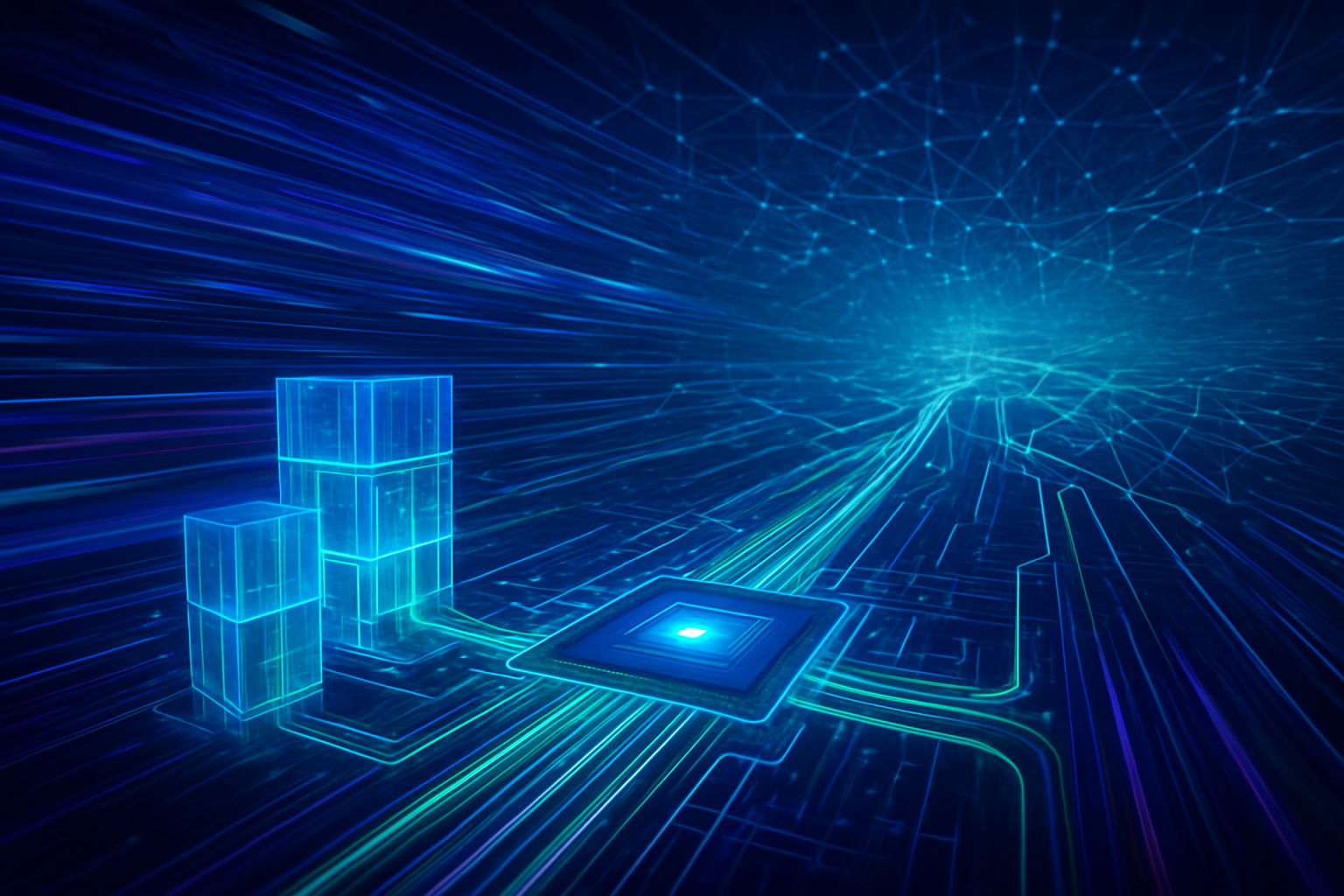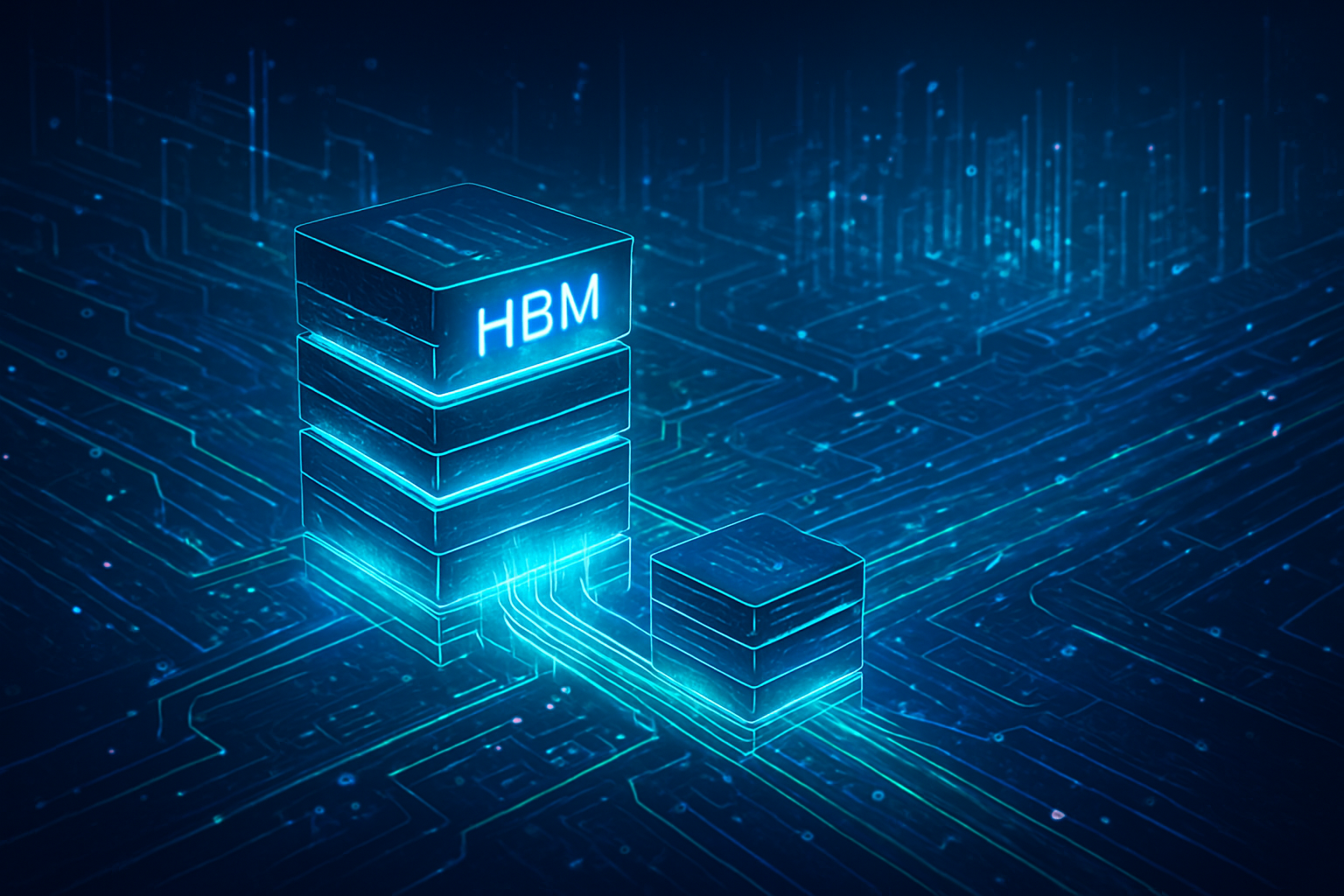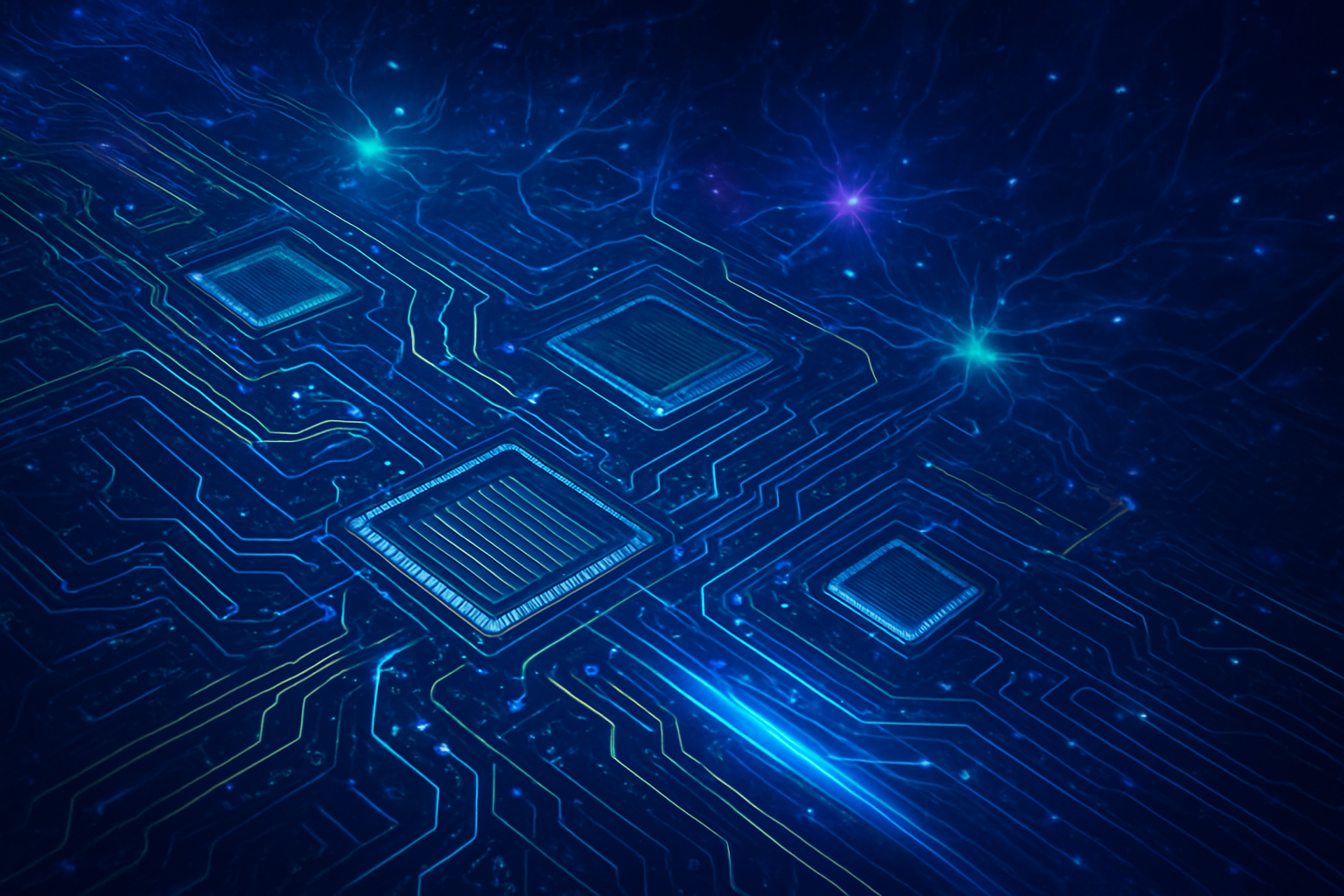In a remarkable display of market resilience and strategic positioning, KLA Corporation (NASDAQ: KLAC) has seen its stock performance soar, largely attributed to the insatiable global demand for advanced artificial intelligence (AI) chips. This surge in AI-driven semiconductor production has proven instrumental in offsetting the challenges posed by slowing sales in the critical Chinese market, underscoring KLA's indispensable role in the burgeoning AI supercycle. As of late November 2025, KLA's shares have delivered an impressive 83% total shareholder return over the past year, with a nearly 29% increase in the last three months, catching the attention of investors and analysts alike.
KLA, a pivotal player in the semiconductor equipment industry, specializes in process control and yield management solutions. Its robust performance highlights not only the company's technological leadership but also the broader economic forces at play as AI reshapes the global technology landscape. Barclays, among other financial institutions, has upgraded KLA's rating, emphasizing its critical exposure to the AI compute boom and its ability to navigate complex geopolitical headwinds, particularly in relation to U.S.-China trade tensions. The company's ability to consistently forecast revenue above Wall Street estimates further solidifies its position as a key enabler of next-generation AI hardware.
KLA: The Unseen Architect of the AI Revolution
KLA Corporation's dominance in the semiconductor equipment sector, particularly in process control, metrology, and inspection, positions it as a foundational pillar for the AI revolution. With a market share exceeding 50% in the specialized semiconductor process control segment and over 60% in metrology and inspection by 2023, KLA provides the essential "eyes and brains" that allow chipmakers to produce increasingly complex and powerful AI chips with unparalleled precision and yield. This technological prowess is not merely supportive but critical for the intricate manufacturing processes demanded by modern AI.
KLA's specific technologies are crucial across every stage of advanced AI chip manufacturing, from atomic-scale architectures to sophisticated advanced packaging. Its metrology systems leverage AI to enhance profile modeling and improve measurement accuracy for critical parameters like pattern dimensions and film thickness, vital for controlling variability in advanced logic design nodes. Inspection systems, such as the Kronos™ 1190XR and eDR7380™ electron-beam systems, employ machine learning algorithms to detect and classify microscopic defects at nanoscale, ensuring high sensitivity for applications like 3D IC and high-density fan-out (HDFO). DefectWise®, an AI-integrated solution, further boosts sensitivity and classification accuracy, addressing challenges like overkill and defect escapes. These tools are indispensable for maintaining yield in an era where AI chips push the boundaries of manufacturing with advanced node transistor technologies and large die sizes.
The criticality of KLA's solutions is particularly evident in the production of High-Bandwidth Memory (HBM) and advanced packaging. HBM, which provides the high capacity and speed essential for AI processors, relies on KLA's tools to ensure the reliability of each chip in a stacked memory architecture, preventing the failure of an entire component due to a single chip defect. For advanced packaging techniques like 2.5D/3D stacking and heterogeneous integration—which combine multiple chips (e.g., GPUs and HBM) into a single package—KLA's process control and process-enabling solutions monitor production to guarantee individual components meet stringent quality standards before assembly. This level of precision, far surpassing older manual or limited data analysis methods, is crucial for addressing the exponential increase in complexity, feature density, and advanced packaging prevalent in AI chip manufacturing. The AI research community and industry experts widely acknowledge KLA as a "crucial enabler" and "hidden backbone" of the AI revolution, with analysts predicting robust revenue growth through 2028 due to the increasing complexity of AI chips.
Reshaping the AI Competitive Landscape
KLA's strong market position and critical technologies have profound implications for AI companies, tech giants, and startups, acting as an essential enabler and, in some respects, a gatekeeper for advanced AI hardware innovation. Foundries and Integrated Device Manufacturers (IDMs) like TSMC (NYSE: TSM), Samsung, and Intel (NASDAQ: INTC), which are at the forefront of pushing process nodes to 2nm and beyond, are the primary beneficiaries, relying heavily on KLA to achieve the high yields and quality necessary for cutting-edge AI chips. Similarly, AI chip designers such as NVIDIA (NASDAQ: NVDA) and AMD (NASDAQ: AMD) indirectly benefit, as KLA ensures the manufacturability and performance of their intricate designs.
The competitive landscape for major AI labs and tech companies is significantly influenced by KLA's capabilities. NVIDIA (NASDAQ: NVDA), a leader in AI accelerators, benefits immensely as its high-end GPUs, like the H100, are manufactured by TSMC (NYSE: TSM), KLA's largest customer. KLA's tools enable TSMC to achieve the necessary yields and quality for NVIDIA's complex GPUs and HBM. TSMC (NYSE: TSM) itself, contributing over 10% of KLA's annual revenue, relies on KLA's metrology and process control to expand its advanced packaging capacity for AI chips. Intel (NASDAQ: INTC), a KLA customer, also leverages its equipment for defect detection and yield assurance, with NVIDIA's recent $5 billion investment and collaboration with Intel for foundry services potentially leading to increased demand for KLA's tools. AMD (NASDAQ: AMD) similarly benefits from KLA's role in enabling high-yield manufacturing for its AI accelerators, which utilize TSMC's advanced processes.
While KLA primarily serves as an enabler, its aggressive integration of AI into its own inspection and metrology tools presents a form of disruption. This "AI-powered AI solutions" approach continuously enhances data analysis and defect detection, potentially revolutionizing chip manufacturing efficiency and yield. KLA's indispensable role creates a strong competitive moat, characterized by high barriers to entry due to the specialized technical expertise required. This strategic leverage, coupled with its ability to ensure yield and cost efficiency for expensive AI chips, significantly influences the market positioning and strategic advantages of all players in the rapidly expanding AI sector.
A New Era of Silicon: Wider Implications of AI-Driven Manufacturing
KLA's pivotal role in enabling advanced AI chip manufacturing extends far beyond its direct market impact, fundamentally shaping the broader AI landscape and global technology supply chain. This era is defined by an "AI Supercycle," where the insatiable demand for specialized, high-performance, and energy-efficient AI hardware drives unprecedented innovation in semiconductor manufacturing. KLA's technologies are crucial for realizing this vision, particularly in the production of Graphics Processing Units (GPUs), AI accelerators, High Bandwidth Memory (HBM), and Neural Processing Units (NPUs) that power everything from data centers to edge devices.
The impact on the global technology supply chain is profound. KLA acts as a critical enabler for major AI chip developers and leading foundries, whose ability to mass-produce complex AI hardware hinges on KLA's precision tools. This has also spurred geographic shifts, with major players like TSMC establishing more US-based factories, partly driven by government incentives like the CHIPS Act. KLA's dominant market share in process control underscores its essential role, making it a fundamental component of the supply chain. However, this concentration of power also raises concerns. While KLA's technological leadership is evident, the high reliance on a few major chipmakers creates a vulnerability if capital spending by these customers slows.
Geopolitical factors, particularly U.S. export controls targeting China, pose significant challenges. KLA has strategically reduced its reliance on the Chinese market, which previously accounted for a substantial portion of its revenue, and halted sales/services for advanced fabrication facilities in China to comply with U.S. policies. This necessitates strategic adaptation, including customer diversification and exploring alternative markets. The current period, enabled by companies like KLA, mirrors previous technological shifts where advancements in software and design were ultimately constrained or amplified by underlying hardware capabilities. Just as the personal computing revolution was enabled by improved CPU manufacturing, the AI supercycle hinges on the ability to produce increasingly complex AI chips, highlighting how manufacturing excellence is now as crucial as design innovation. This accelerates innovation by providing the tools necessary for more capable AI systems and enhances accessibility by potentially leading to more reliable and affordable AI hardware in the long run.
The Horizon of AI Hardware: What Comes Next
The future of AI chip manufacturing, and by extension, KLA's role, is characterized by relentless innovation and escalating complexity. In the near term, the industry will see continued architectural optimization, pushing transistor density, power efficiency, and interconnectivity within and between chips. Advanced packaging techniques, including 2.5D/3D stacking and chiplet architectures, will become even more critical for high-performance and power-efficient AI chips, a segment where KLA's revenue is projected to see significant growth. New transistor designs like Gate-All-Around (GAA) and backside power delivery networks (BPDN) are emerging to push traditional scaling limits. Critically, AI will increasingly be integrated into design and manufacturing processes, with AI-driven Electronic Design Automation (EDA) tools automating tasks and optimizing chip architecture, and AI enhancing predictive maintenance and real-time process optimization within KLA's own tools.
Looking further ahead, experts predict the emergence of "trillion-transistor packages" by the end of the decade, highlighting the massive scale and complexity that KLA's inspection and metrology will need to address. The industry will move towards more specialized and heterogeneous computing environments, blending general-purpose GPUs, custom ASICs, and potentially neuromorphic chips, each optimized for specific AI workloads. The long-term vision also includes the interplay between AI and quantum computing, promising to unlock problem-solving capabilities beyond classical computing limits.
However, this trajectory is not without its challenges. Scaling limits and manufacturing complexity continue to intensify, with 3D architectures, larger die sizes, and new materials creating more potential failure points that demand even tighter process control. Power consumption remains a major hurdle for AI-driven data centers, necessitating more energy-efficient chip designs and innovative cooling solutions. Geopolitical risks, including U.S. export controls and efforts to onshore manufacturing, will continue to shape global supply chains and impact revenue for equipment suppliers. Experts predict sustained double-digit growth for AI-based chips through 2030, with significant investments in manufacturing capacity globally. AI will continue to be a "catalyst and a beneficiary of the AI revolution," accelerating innovation across chip design, manufacturing, and supply chain optimization.
The Foundation of Future AI: A Concluding Outlook
KLA Corporation's robust stock performance, driven by the surging demand for advanced AI chips, underscores its indispensable role in the ongoing AI supercycle. The company's dominant market position in process control, coupled with its critical technologies for defect detection, metrology, and advanced packaging, forms the bedrock upon which the next generation of AI hardware is being built. KLA's strategic agility in offsetting slowing China sales through aggressive focus on advanced packaging and HBM further highlights its resilience and adaptability in a dynamic global market.
The significance of KLA's contributions cannot be overstated. In the context of AI history, KLA is not merely a supplier but an enabler, providing the foundational manufacturing precision that allows AI chip designers to push the boundaries of innovation. Without KLA's ability to ensure high yields and detect nanoscale imperfections, the current pace of AI advancement would be severely hampered. Its impact on the broader semiconductor industry is transformative, accelerating the shift towards specialized, complex, and highly integrated chip architectures. KLA's consistent profitability and significant free cash flow enable continuous investment in R&D, ensuring its sustained technological leadership.
In the coming weeks and months, several key indicators will be crucial to watch. KLA's upcoming earnings reports and growth forecasts will provide insights into the sustainability of its current momentum. Further advancements in AI hardware, particularly in neuromorphic designs, advanced packaging techniques, and HBM customization, will drive continued demand for KLA's specialized tools. Geopolitical dynamics, particularly U.S.-China trade relations, will remain a critical factor for the broader semiconductor equipment industry. Finally, the broader integration of AI into new devices, such as AI PCs and edge devices, will create new demand cycles for semiconductor manufacturing, cementing KLA's unique and essential position at the very foundation of the AI revolution.
This content is intended for informational purposes only and represents analysis of current AI developments.
TokenRing AI delivers enterprise-grade solutions for multi-agent AI workflow orchestration, AI-powered development tools, and seamless remote collaboration platforms.
For more information, visit https://www.tokenring.ai/.
